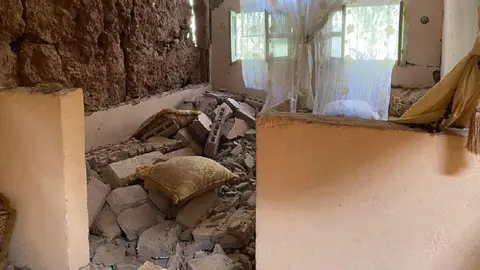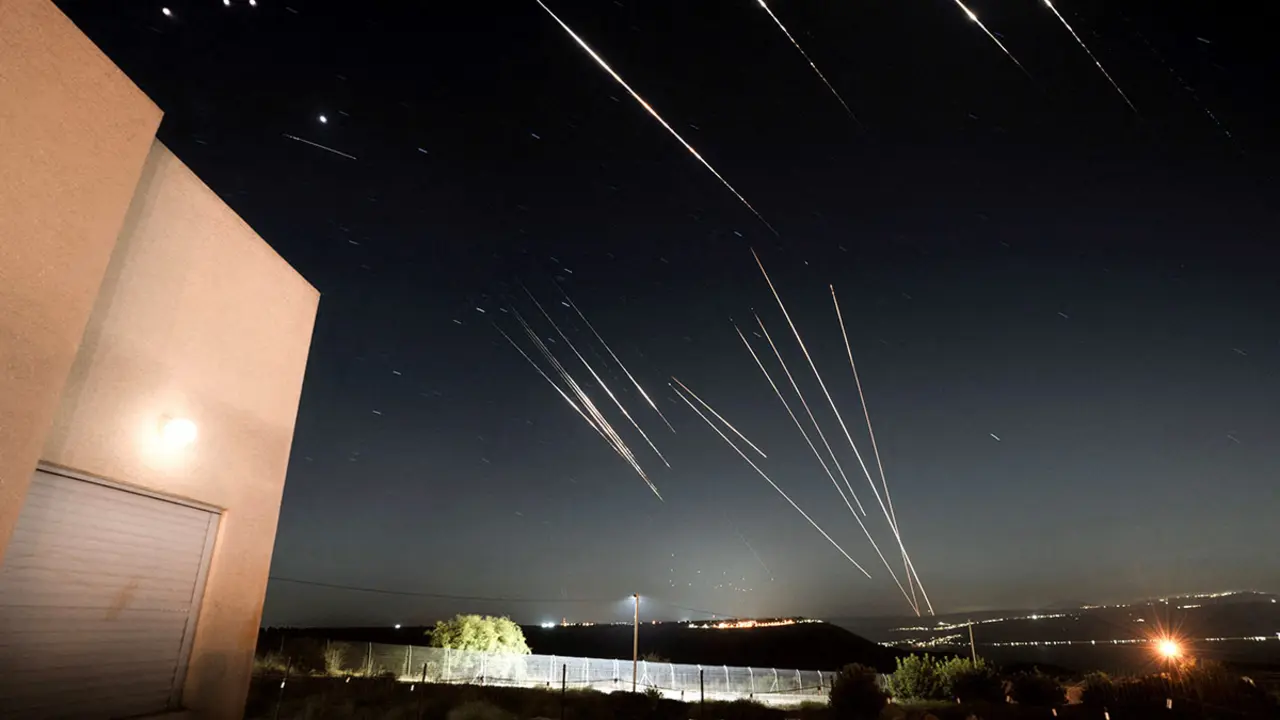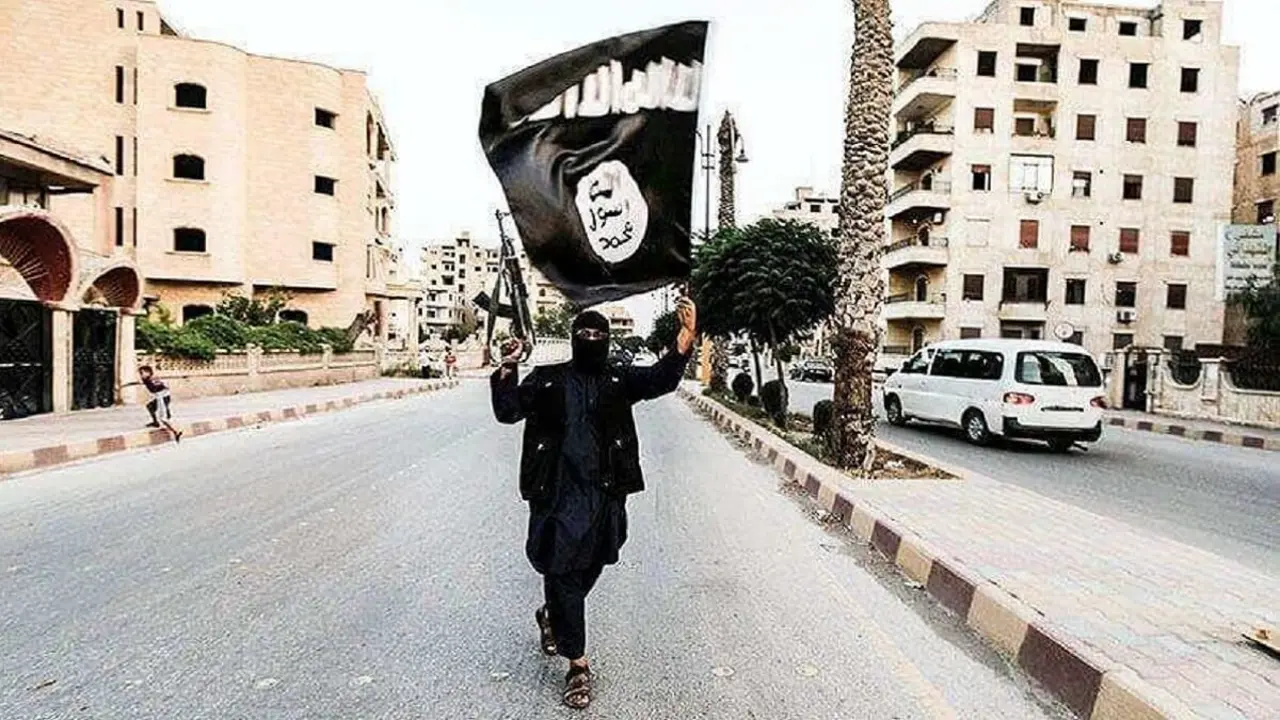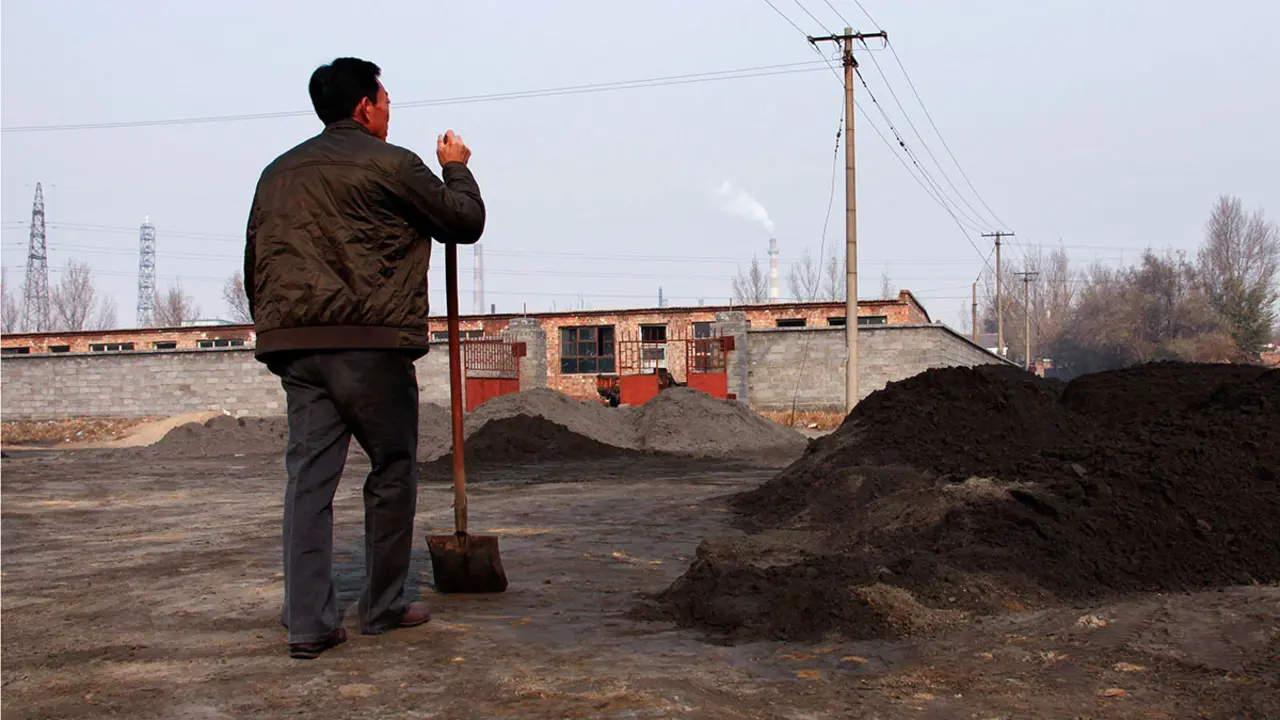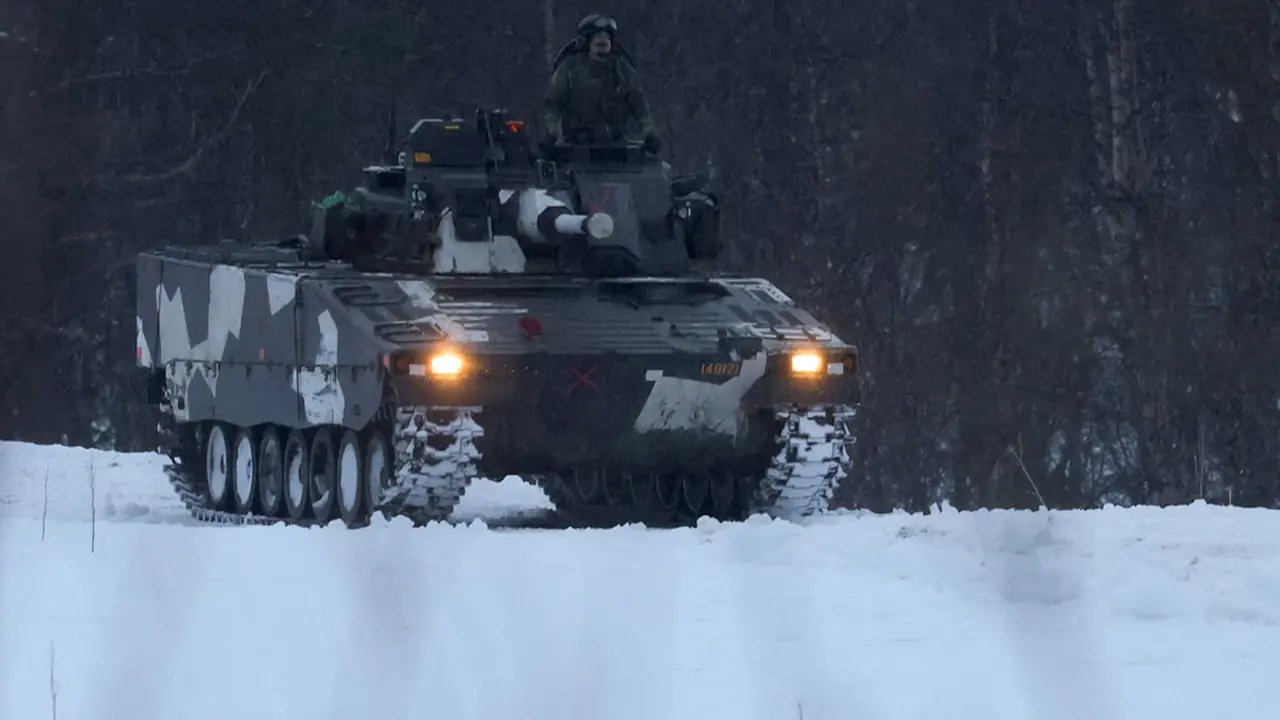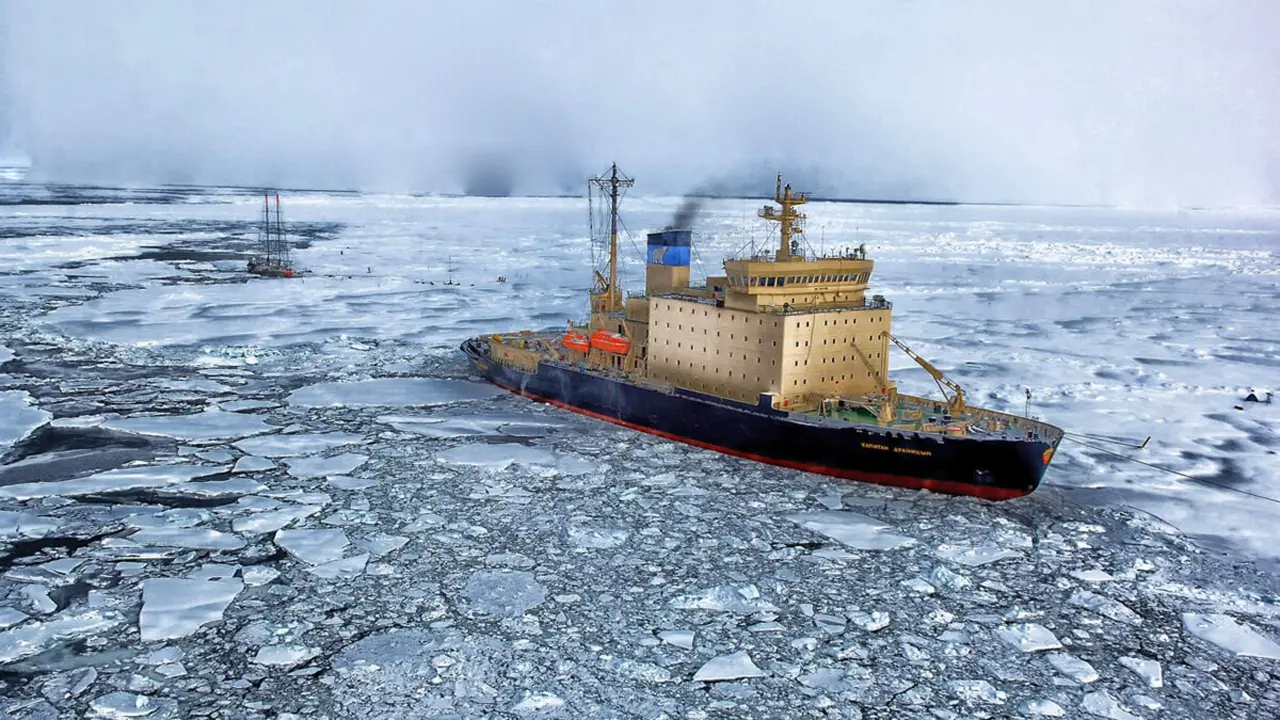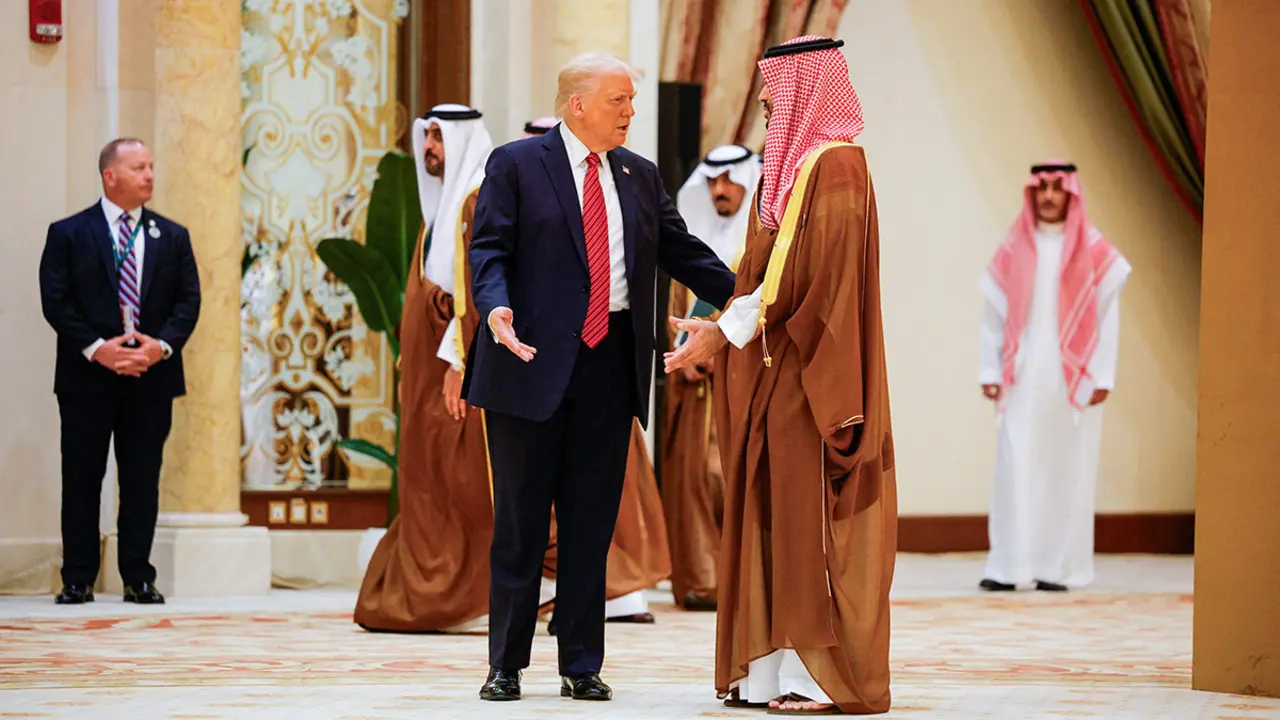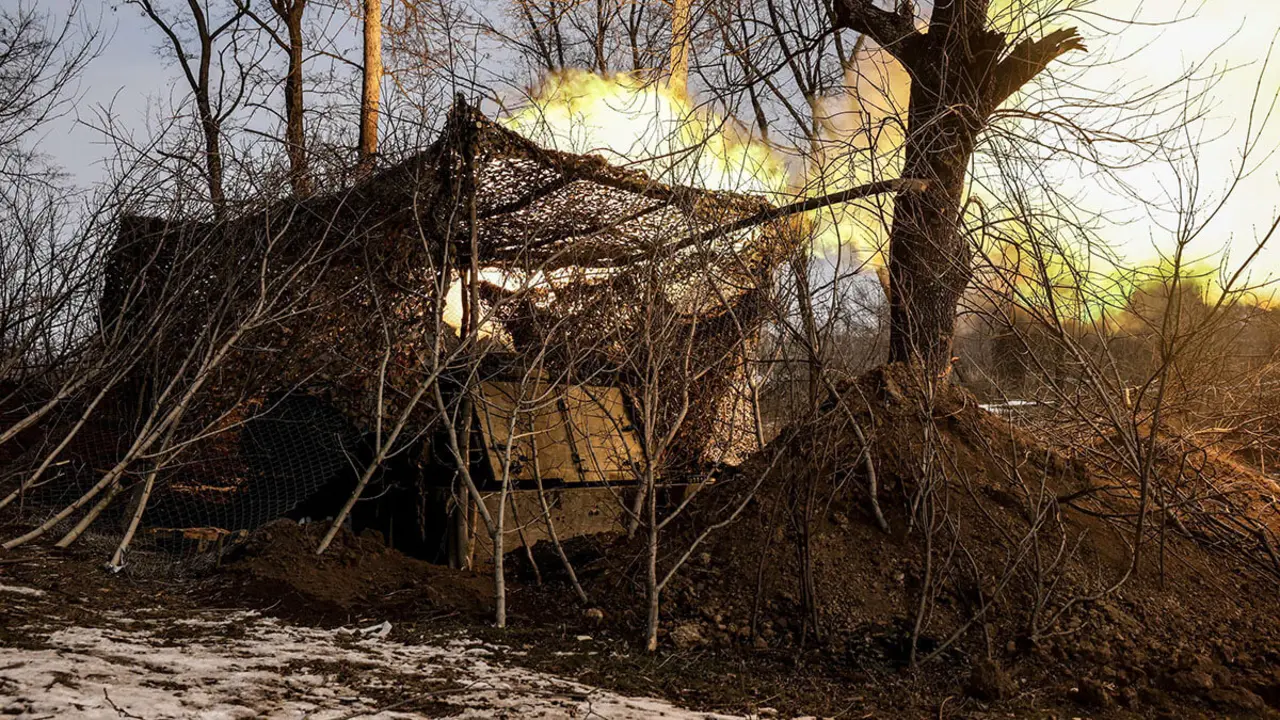Epicentre of solidarity in Morocco's High Atlas Mountains

The image is repeated over and over again across the Moroccan High Atlas: hundreds of villages that have disappeared from the map, buried under the rubble and now converted into large rows of canvas tents and makeshift cemeteries.
The inhabitants of this huge mountain range are trying to recover from what is probably the hardest blow of their lives. It is estimated that there are more than 300,000 people affected by the earthquake, but there could be many more considering that ground zero is huge and the most remote villages are virtually inaccessible.
You only have to take the route to Asni, Imlil or Amizmiz (at the foot of Toubkal) to realise the magnitude of the disaster caused by the earthquake, which mainly affected Marrakech and provinces such as Al-Haouz and Chichaoua.
Along the way, we came across Tikekht - a small village some 80 kilometres south of Marrakech that was blown to smithereens - where a quarter of the population was buried under the rubble. Of its 350 inhabitants, 80 did not survive and now lie in a makeshift mass grave in the centre of the village, just a few metres from the place where children play ball. Only the minaret remains standing. Said, a boy from this small village at an altitude of 1,500 metres, tells us what happened in a matter of seconds. "We were sleeping and the roof fell on us, I helped my wife who is pregnant and took her to the hospital. Fortunately in the end it was only a broken leg", Said told us with pain in his eyes because he had been close to losing his wife and also his future child.

"My story and my life project are gone"
The family of Abderraman, a resident of Tafeghaghte and former polyglot guide, was not as fortunate. He recounts with dread how he lost his father and brother-in-law on the fateful night of the earthquake and tells us that now he has no choice but to eke out a living in a petrol station in Amizmiz, one of the few things left standing in the municipality. All the houses, many of them made of adobe, have been wiped off the map and her neighbours are no more. "I lost my father, and years ago my mother too. My history and my life project are gone," lamented Abderramán.

The mud houses are a death trap for the inhabitants
Amizmiz is precisely where the operations centre of the Military Emergency Unit (EMU) is located and where the first sergeant of the EMU, Jesús Pastor, has been stationed. He describes the horror they have encountered in Talat N'Yaqqoub, Mulay Brahim and Anougal. In Anougal, they had to lift stones for several hours to recover the body of a 12-year-old boy from the rubble. "When the cadaver dog barked and went straight there, we knew what was there, but there is always the hope that there is another relative or another person next to him. No luck", the UME first sergeant told us as he showed us around the camp and the Spanish military's operations centre in Amizmiz. The adobe houses, he warns, are a death trap for their inhabitants. Sadly, the Valencian Generalitat Forest Fire Brigade also managed to pull out a 9-year-old girl alive, who eventually died.

The Atlas as the epicentre of solidarity
The Moroccan High Atlas is the epicentre of horror, the epicentre of pain, the epicentre of destruction, but it is also the epicentre of solidarity. Thousands and thousands of volunteers from all over the world have organised themselves to mobilise and deliver aid. In these days we have come across Moroccan and Spanish volunteers (very many), but also Korean, Israeli, French and Uruguayan volunteers. All of them are committed to the Moroccan people who have suffered the worst earthquake in the last 120 years.
Six trucks arrived in Asni with 200 mattresses, blankets, clothes and food, and a group of Moroccan women on board. They have driven from Casablanca to deliver them to the people who have been forced to move into tents. People are sleeping outside for fear of aftershocks and cracks in the walls of the few houses left standing. And Andrés, a Marrakech-based Uruguayan who has volunteered as a driver to bring humanitarian aid, admits that for him it is "a privilege to be able to help people in need and to show solidarity with them". "We have been close to Amizmiz and our idea is to be able to help in the long term as well, to help in the reconstruction. Hopefully the world won't forget Morocco," he said as he gassed up to continue his work.

The stories of solidarity around this earthquake are endless. Paolo, a 19-year-old Spanish tourist, was caught in Ouazarzate and - instead of leaving like most tourists - he preferred to stay and help the Moroccan people in these difficult times. That's why he has travelled to Amizmiz by bus, one of the municipalities most affected by the earthquake, to bring blankets to those who have been left homeless, especially because in the villages of the High Atlas - at dawn and at this time of year - it can reach minus 4 or 5 degrees Celsius. Paolo has practically spent his savings and the budget he had for the trip, but it was worth it because he says he leaves "with a heart full of experiences".

The queues to donate blood are repeated every day in Marrakech
Solidarity is also reflected in the long queues that are repeated every day to donate blood at the Regional Transfusion Centre in Marrakech, opposite the Mohamed VI University Hospital. There we chatted with Dawn, an American from Florida who did not hesitate to take a bus from Tangier just to donate. She loves Morocco, has been there many times and believes that donating is the best way to do her bit for the recovery of the more than 5,500 people injured in the devastating earthquake. "I've been to Morocco many times and the people have always been very good to me, last year I got really sick and they were very good about taking me to hospital and helping me get through it. So I thought the least I could do was to come as a volunteer. And here I am to donate blood. I've also made a transfer of $500 in the last 48 hours," confesses this visibly moved American tourist.
Another of the people who have come to the Marrakech Transfusion Centre in recent days is Amina, a Moroccan student who says she does it as a gesture of love for her people. "I want to help those who have suffered the consequences of this earthquake and, Allah willing, I will come back to donate blood another day". And Hachim, one of those affected in the High Atlas, has taken advantage of his only free day of the week to donate. "I do it for my people, for the Muslims, for my children, for my brothers and for my family," she lamented outside the hospital.

The Moroccan army has played a key role in this deployment by setting up the only field hospital in Asni at ground zero. This is a centre which, in addition to offering emergency health care, performs surgical operations and has already seen more than a thousand people. And as an anecdote, the Moroccan soldiers have set up a trampoline next to it so that the children of Asni can forget for a moment about the terrible earthquake and remember that they are still children.
Hana el-Abdalaoui, a Spanish aid worker with the international NGO Islamic Reliefe, and her team have begun distributing blankets and mattresses in the Amizmiz area in the rural part of the town. But she warns that the biggest difficulty they are encountering at the moment is that "there is not enough mattresses in stock in Marrakech", which is why some of her colleagues have had to go to Casablanca to get more material. "We have seen the terror on people's faces because they are still in shock after seeing family members die or screaming under the rubble". "What we see is an aftershock in all these rural areas, people sleeping in the open air and not daring to go into their houses," either because they are uninhabitable or because they have been completely demolished, she says.

There are ghost villages that have lost almost all their residents
What has struck Hana the most in recent days is arriving at a completely demolished village in Chichaoua province, where only six of the 176 inhabitants survived the quake. "As people were being pulled out of the rubble, only limbs were being removed, and now the village has become a cemetery," said the volunteer with the NGO Islamic Reliefe with pain etched in her mind. One of the reasons why there are not so many successful or miraculous rescues is that most of the houses in Alto Altas are made of adobe (mud and straw dried in the sun and without foundations) and when they collapse they leave hardly any living space.

